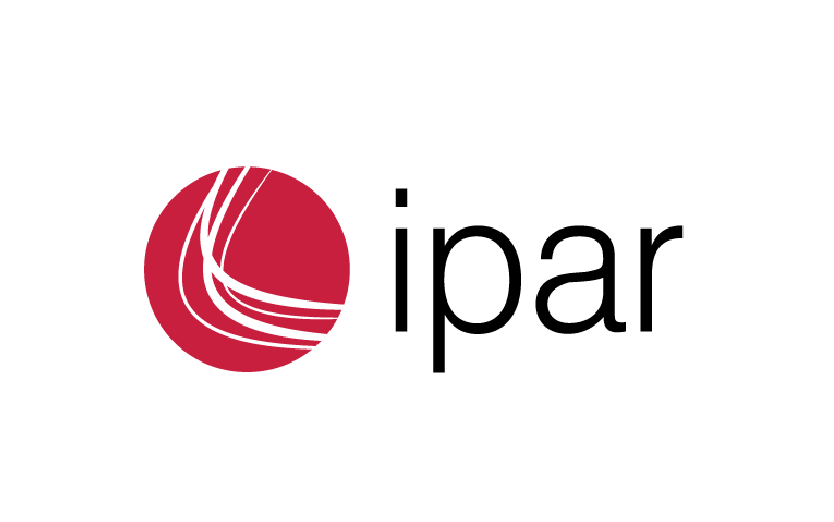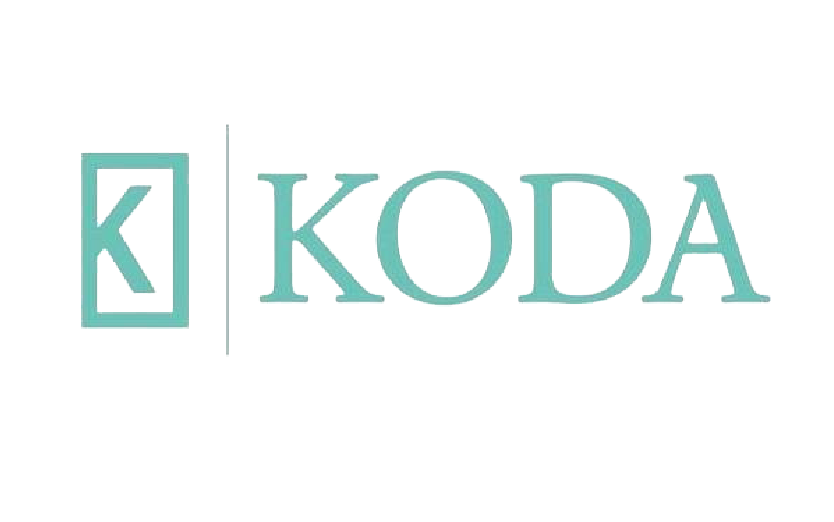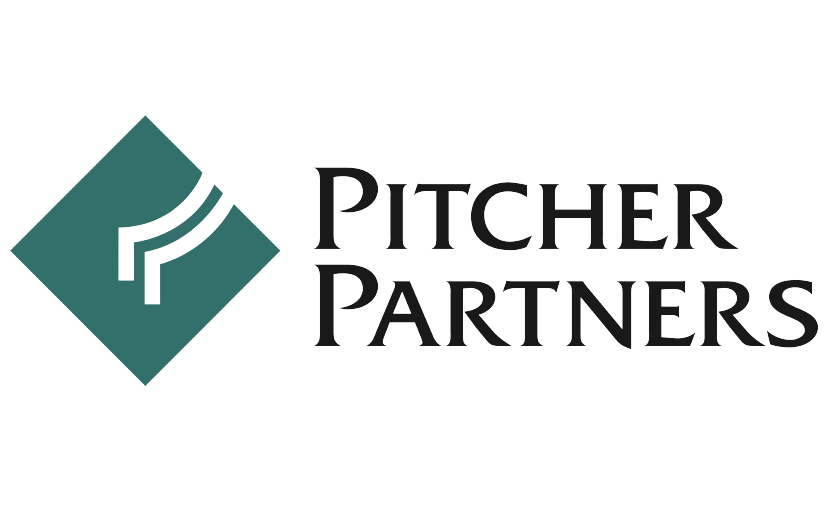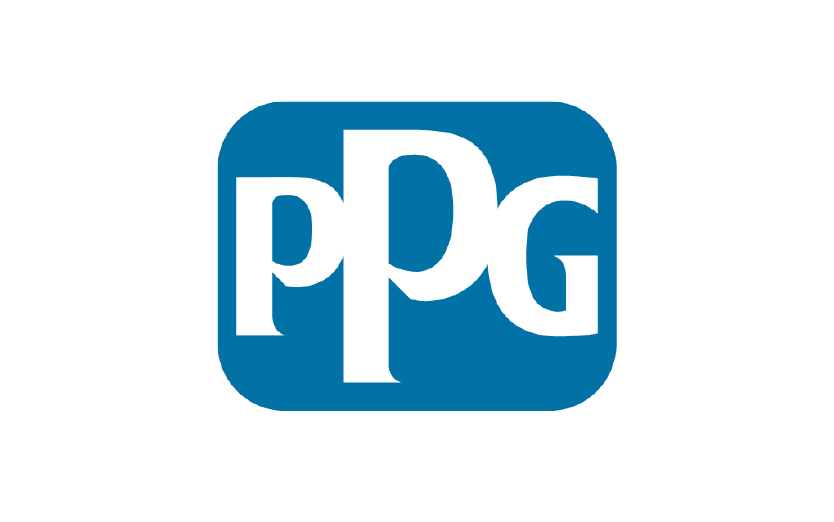Top Healthcare Trends: Why Offshore Staff and Outsourcing is Enabling Growth

In our recent healthcare blogs, we’ve talked about the benefits of outsourcing healthcare services, the top outsourced job roles in the healthcare and medical industry, and the importance of compliance in healthcare outsourcing services. Now we shift our focus on the near future. What are the trends that will shape the post-pandemic healthcare system and how will outsourcing continue to play a pivotal role in the New Normal of healthcare?
COVID-19 has irrevocably impacted the way healthcare services are being delivered, whether through core functions by practitioners or through non-core tasks that are vital to healthcare operations. As a result, the combination of outsourcing and digital innovations has paved the way to lasting improvements that can keep up with the changing – and challenging – times.
Analysts forecast that by 2026, the compound annual growth rate (CAGR) of the global hospital outsourcing market will expand by 10.78%. If the trend continues, hospital outsourcing can reach as much as $661.68 million in the same year.
The drivers for this growth are the trends that we are seeing now and in the years to come: the demand for advanced facilities to address the patient’s needs, the need to reduce costs, the increase for R&D, and more stringent rules from regulatory and government agencies.
More patient-centric options
Pandemic restrictions may have lightened up but its effects on the healthcare and medical industry continue to reverberate. Limitations in accessing primary care, basic diagnostic services, and management of chronic illnesses were brought to the fore. Hospitals became ground zero for COVID-19 patients, raising concerns for those who required medical attention but were fearful of getting infected.
This has resulted in empowering health consumers to look beyond hospitals and clinics. These institutions are no longer the absolute centre for healthcare services. To address this issue, partnerships need to be made between healthcare providers and other organisations to offer more choices for affordable yet high quality patient care.
Strategic efforts must be employed on how they can best deliver their services efficiently to patients, not only physically but digitally as well. These include online platforms that will give faster and more accurate results, whether in the form of patient self-service, telehealth consultations, or virtual access to medical and billing records.
Such measures also contribute to the growing need of improving community healthcare. With rapid technological developments, even rural healthcare institutions can have more access to specialised, critical care.
This continuing trend of virtual healthcare further emphasizes the need for outsourcing. It offers opportunities for healthcare providers to expand their services while alleviating their struggle to provide quality care for their patients.
Maintaining compliance in a shrinking workforce
COVID-19 has triggered the rigid enforcement of compliance to regulatory and government health standards. But with the looming surge of medical employees leaving the industry due to pandemic-related burnout, there is an immediate need for high-level talent to manage and maintain optimum healthcare services.
Compliance regulations also change over time. Either existing rules are modified or new regulations are introduced. As medical staff are struggling to keep up, the quality of patient care ultimately suffers.
Outsourcing can help ease the burden of medical practitioners from having to handle non-core but healthcare-related duties with compliance requirements (e.g., billing records, data security, medical information management). Outsourcing these services opens up a wider talent pool of skilled professionals who have the knowledge, training, and experience in performing functions that require strict compliance.
A dedicated workforce will also be able to focus on accomplishing these non-core responsibilities and quickly adapt to any adjustments made to compliance regulations. This will ensure that the needs of patients will be met in all aspects, medical or non-medical, without compromising on quality.
While this is already ongoing, it is expected that organisations will further invest in IT infrastructure innovations and in outsourcing the manpower needed to fill the widening workforce gap that could continue for several years.
Merging to manage cost
Budget constraints will play a big role in driving more healthcare institutions to take outsourcing into consideration. As medical-related costs continue to climb, there is a dire need for organisations to find solutions in managing expenditures while maintaining quality patient care.
Mergers among healthcare companies are expected to rise as part of the strategy to reduce operational costs. For example, Cerner Corporation – an American supplier of health information technology services – has partnered with Amazon Web Services in July 2019 to develop healthcare IT systems that will help improve efficiency in clinical services.
This opens up opportunities for outsourcing certain job roles so that healthcare facilities can allocate their savings by investing in improving patient care, medical research, and the purchase of medical-related equipment and materials.
Premium offshore solutions provider
As healthcare trends will always evolve, outsourcing medical services will continue to serve as a sustainable solution for providers and practitioners. Specifically, having an offshore staff fully focussed in providing the necessary support for quality patient care will be a tremendous asset.
ASW is an industry leader in building remote teams of the most qualified professionals who can perform non-core and high-level functions for the healthcare and medical sector. We ensure their full integration into your organisation for full compliance to your company’s policies and regulations. For more details about our talent acquisition process, contact us today and book a free consultation.
















